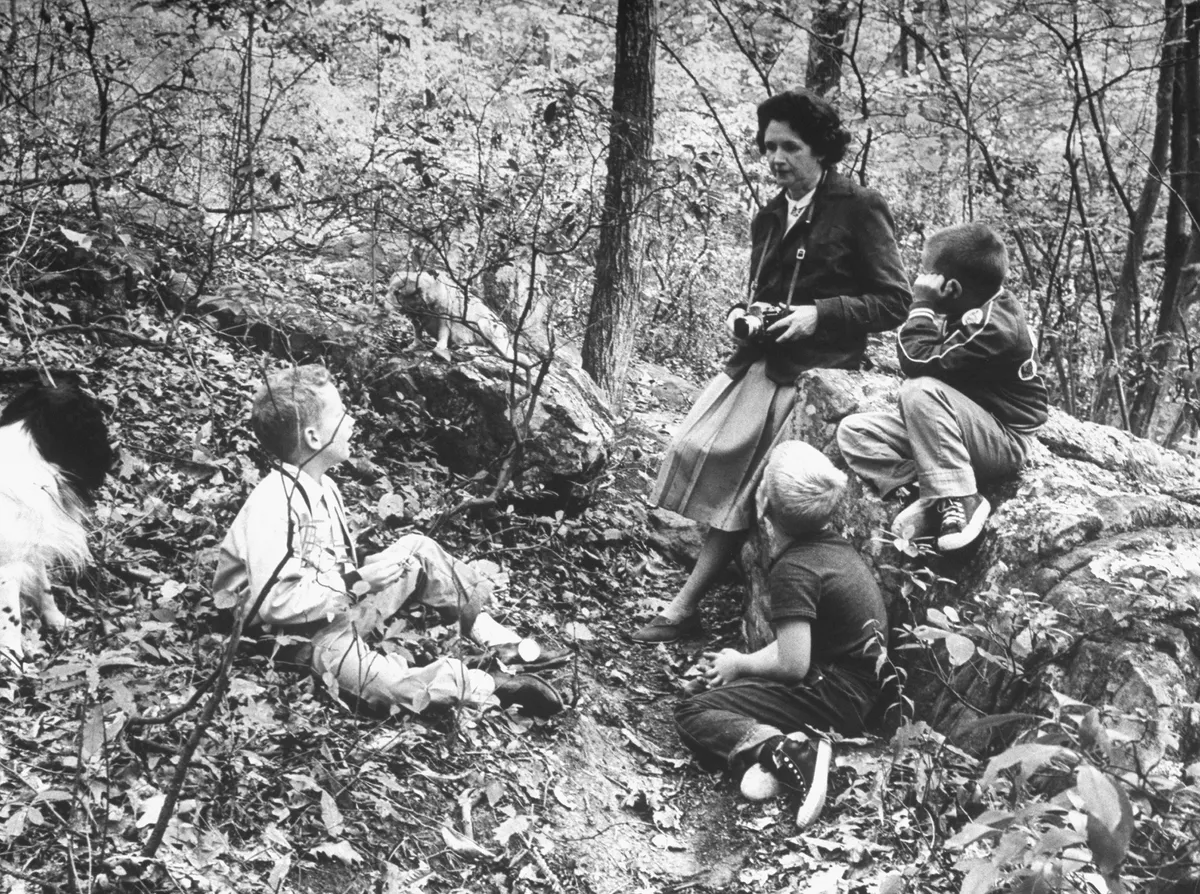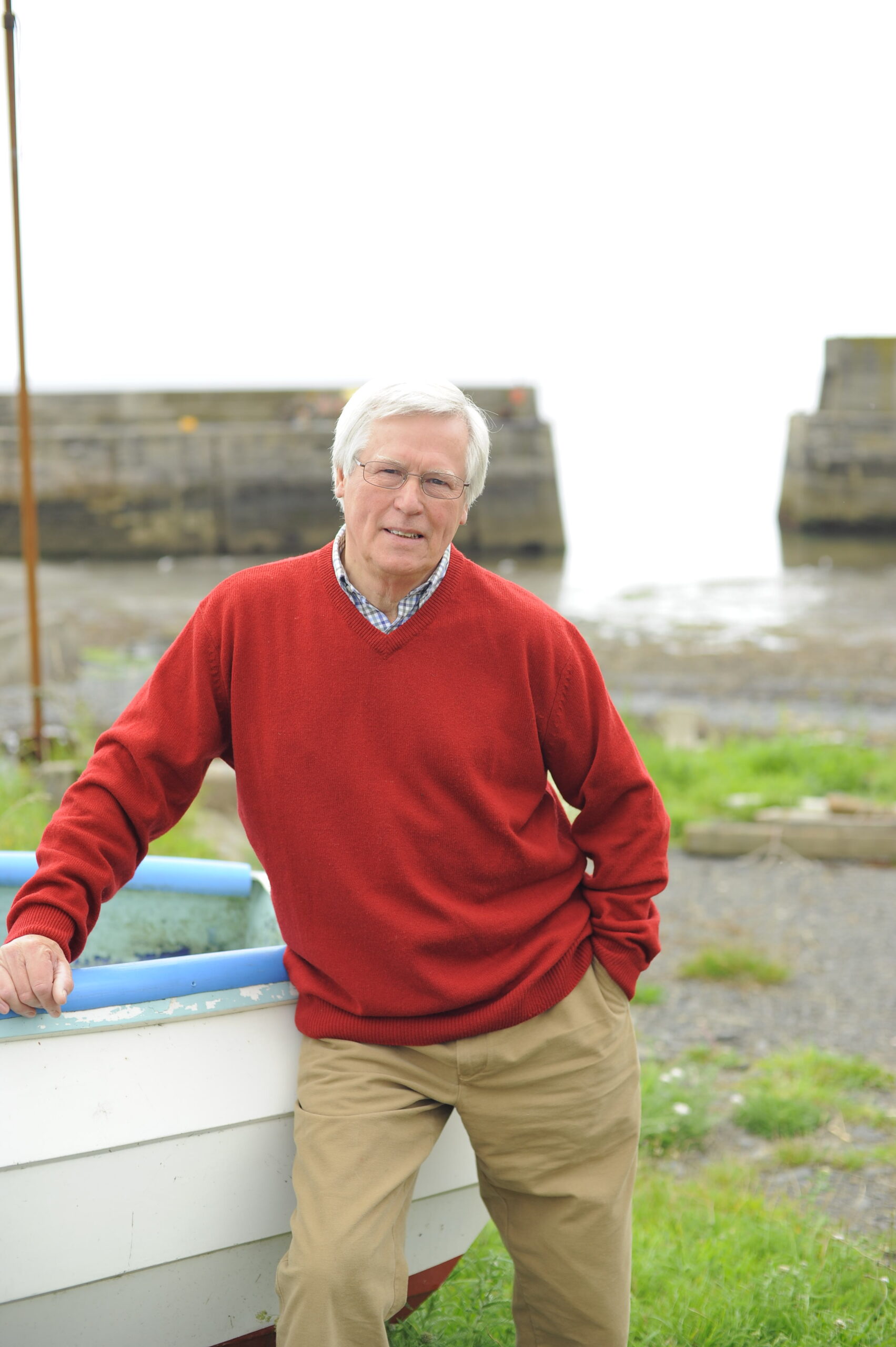For me and many others of a certain age, our first, shocking warning that the human race was seriously damaging the planet’s health came in the early 1960s when we read a seminal book called Silent Spring. In it, the American biologist Rachel Carson opened our eyes to the devastating impact the overuse of chemical pesticides was having on the natural world. It predicted a bleak future unless action was taken.
Just then, the 60s were starting to swing and her message threw a cold splash of reality on to the upbeat scene. Before long, the USA had banned farmers from using DDT, the main offender. Many other nations followed, but the UK was slow off the mark; we didn’t ban it until 20 years later.
Caring for the natural world was, of course, nothing new; after all, the RSPB was founded in 1889, closely followed by the National Trust. Campaigns to open up the countryside to everyone led to the birth of national parks in the 1940s. But Carson and others who carried her banner created a different aspect of awareness.
There are no excuses for ignoring the risks our activities pose to all life”
By the start of the 1970s, the word ‘environment’ was seeping into our national consciousness, spurred on by growing concerns over nuclear weapons, oil pollution in the oceans and the hacking down of rainforests – “the jungle bungle”. That’s what we called deforestation on Newsround, which started in 1972 and was, I like to think, at the forefront of ‘green’ reporting. As the world’s first television news bulletin aimed at children, we knew our audience instinctively wanted to save the world. Newsround gave prominence to campaigns by new action groups such as Greenpeace and Friends of the Earth when much of the rest of the media thought them little more than cranks.
Children were foot soldiers in the developing environmental revolution, but we had a duty to be balanced in what we showed them. For instance, when baby harp seals were slaughtered en masse in a Canadian cull we pointed out that, awful as it was, the local Inuits who were involved in a minor way relied on seals for food and income. Nevertheless, we were inundated with protest letters from young viewers. My hope is that they carried that compassion into adult life.
Though environmental concern was gaining ground worldwide, the phrase ‘global warming’ wasn’t coined until 1975. Amazing as it seems now, some scientists believed humans were ‘innocent bystanders’ in what was happening to the climate, while others claimed aerosols were actually cooling the planet and could trigger a new Ice Age. For many people, it was hard to know what to believe when science was so divided.
Slowly, the concept of global warming came to be generally accepted, but still there were uncertainties. For example, is the extreme rain, snow, heat and drought we’ve seen in recent years brought about by climate change (the world got 1°C hotter in the last 120 years) or is it just plain weather? Recent research implies that the two are indeed connected and that outbreaks of extreme weather can be attributed to a warmer climate.

With world leaders (except the US president) pledging to limit emissions and tackle climate change, there are now no excuses for ignoring the risks our activities pose to all life on Earth. Something no one even thought about 60 years ago, when Rachel Carson wrote Silent Spring.

